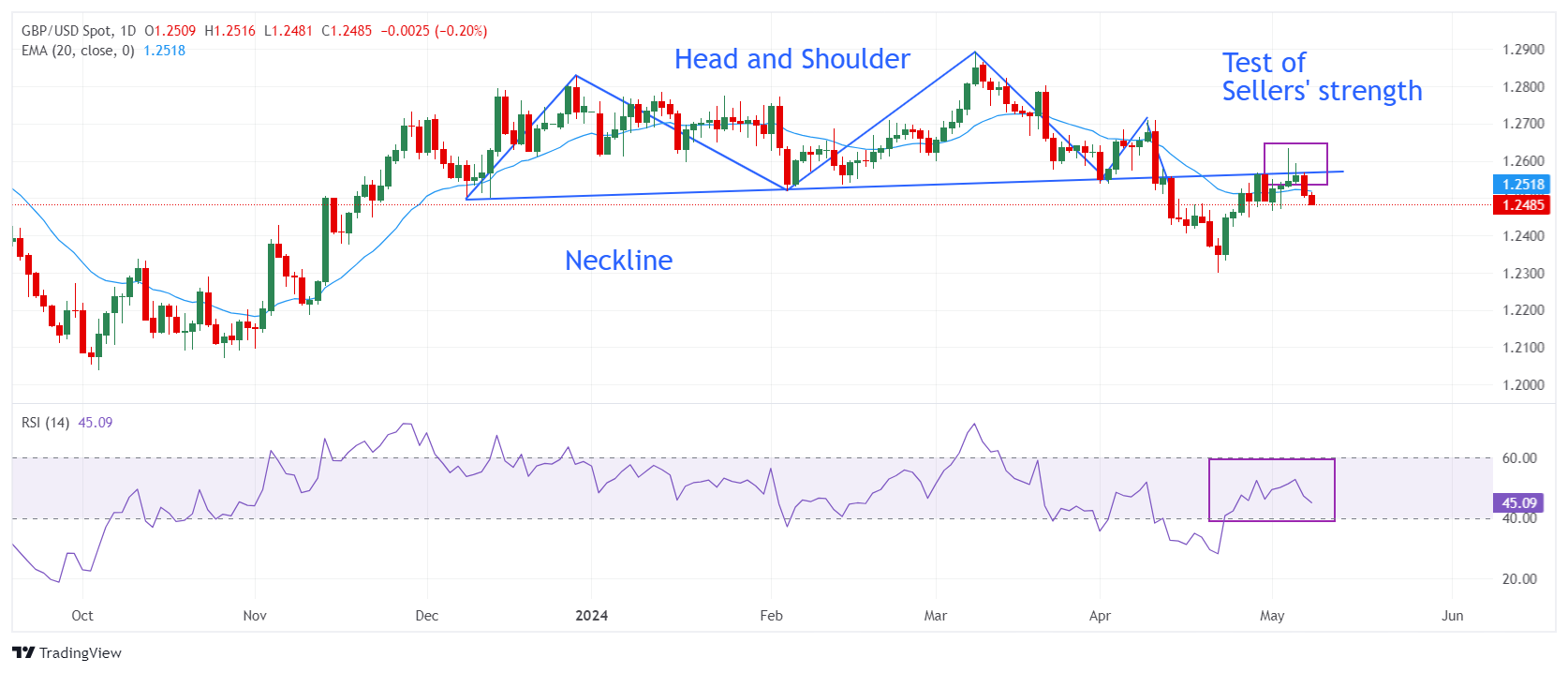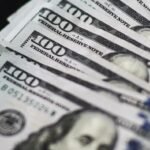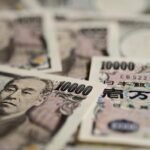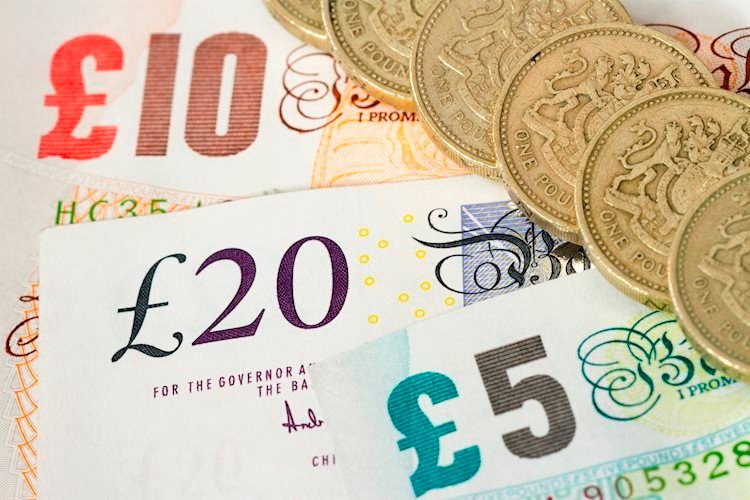- The Pound Sterling dips slightly below 1.2500 due to multiple headwinds.
- Investors expect UK interest rates to remain steady at 5.25% with less-hawkish BoE’s guidance on interest rates.
- Fed’s Kashkari supports keeping interest rates steady for the entire year.
The Pound Sterling (GBP) slips below the psychological support of 1.2500 against the US Dollar (USD) in Wednesday’s early New York session. The GBP/USD pair faces a sell-off due to multiple headwinds, such a sharp recovery in the US Dollar and uncertainty ahead of the Bank of England’s (BoE) interest rate decision, which will be announced on Thursday.
Interest rates in the United Kingdom are expected to remain steady at 5.25% for the sixth time in a row. However, the BoE could turn slightly dovish on the interest rate outlook as policymakers are confident that the headline inflation could have returned to the desired rate of 2% in April, according to comments from BoE Governor Andrew Bailey in the annual Spring Meeting hosted by the International Monetary Fund (IMF) last month.
Financial markets anticipate that the BoE will start reducing interest rates from the June meeting. Traders price in 53 basis points (bps) of easing this year, implying at least two quarter-point cuts, having previously fully priced only one rate cut after inflation data last month showed prices slowed by less than expected in March, Reuters reported. The expectations for the same strengthened after Andrew Bailey said in the last monetary policy meeting that speculation for two or three rate cuts this year is reasonable.
Daily digest market movers: Pound Sterling edges down while US Dollar extends recovery
- The Pound Sterling extends its correction slightly below the psychological support of 1.2500 against the US Dollar. The appeal for risk-perceived assets weakens after hawkish guidance on United States interest rates by Minneapolis Federal Reserve (Fed) Bank President Neel Kashkari on Tuesday.
- Kashkari cited concerns over stalling progress in disinflation due to housing market strength and warned that interest rates need to remain where they are possibly for the entire year. For a rate cut, Kashkari emphasized that he wants to see multiple positive inflation readings, which could build confidence that inflation is on course to return to the desired rate of 2%. He added that weakness in the job market could also justify a rate cut.
- Kashkari’s hawkish interest rate outlook has improved the appeal for the US Dollar, with the US Dollar Index (DXY)—which tracks the Greenback’s value against six major currencies—extending its upside to 105.50. The USD Index recovers the majority of losses linked with weak US Nonfarm Payrolls (NFP) and ISM Services PMI data for April.
- The speculation that the Fed will reduce interest rates from their current levels in the September meeting remains firm. The CME FedWatch tool shows that traders see two rate cuts this year.
- This week, investors will focus majorly on speeches from Fed policymakers to predict the next move in the US Dollar due to the absence of top-tier US economic data. On Wednesday, Fed Vice Chair Philip Jefferson, President of the Federal Reserve Bank of Boston Susan Collins and Fed Governor Lisa Cook are lined up to provide interest rate guidance.
Technical Analysis: Pound Sterling skids below 1.2500

The Pound Sterling falls slightly below the psychological support of 1.2500. The GBP/USD pair is under pressure after facing strong resistance above the neckline of the Head and Shoulder (H&S) chart pattern formed on a daily timeframe. On April 12, the pair suffered an intense sell-off after breaking below the neckline of the H&S pattern plotted from December 8 low around 1.2500.
Investors tend to turn cautious about the near-term outlook as the Cable fails to sustain above the 20-day Exponential Moving Average (EMA), which trades at around 1.2520.
The 14-period Relative Strength Index (RSI) oscillates in the 40.00-60.00 range, suggesting indecisiveness among market participants.
Risk sentiment FAQs
In the world of financial jargon the two widely used terms “risk-on” and “risk off” refer to the level of risk that investors are willing to stomach during the period referenced. In a “risk-on” market, investors are optimistic about the future and more willing to buy risky assets. In a “risk-off” market investors start to ‘play it safe’ because they are worried about the future, and therefore buy less risky assets that are more certain of bringing a return, even if it is relatively modest.
Typically, during periods of “risk-on”, stock markets will rise, most commodities – except Gold – will also gain in value, since they benefit from a positive growth outlook. The currencies of nations that are heavy commodity exporters strengthen because of increased demand, and Cryptocurrencies rise. In a “risk-off” market, Bonds go up – especially major government Bonds – Gold shines, and safe-haven currencies such as the Japanese Yen, Swiss Franc and US Dollar all benefit.
The Australian Dollar (AUD), the Canadian Dollar (CAD), the New Zealand Dollar (NZD) and minor FX like the Ruble (RUB) and the South African Rand (ZAR), all tend to rise in markets that are “risk-on”. This is because the economies of these currencies are heavily reliant on commodity exports for growth, and commodities tend to rise in price during risk-on periods. This is because investors foresee greater demand for raw materials in the future due to heightened economic activity.
The major currencies that tend to rise during periods of “risk-off” are the US Dollar (USD), the Japanese Yen (JPY) and the Swiss Franc (CHF). The US Dollar, because it is the world’s reserve currency, and because in times of crisis investors buy US government debt, which is seen as safe because the largest economy in the world is unlikely to default. The Yen, from increased demand for Japanese government bonds, because a high proportion are held by domestic investors who are unlikely to dump them – even in a crisis. The Swiss Franc, because strict Swiss banking laws offer investors enhanced capital protection.

























